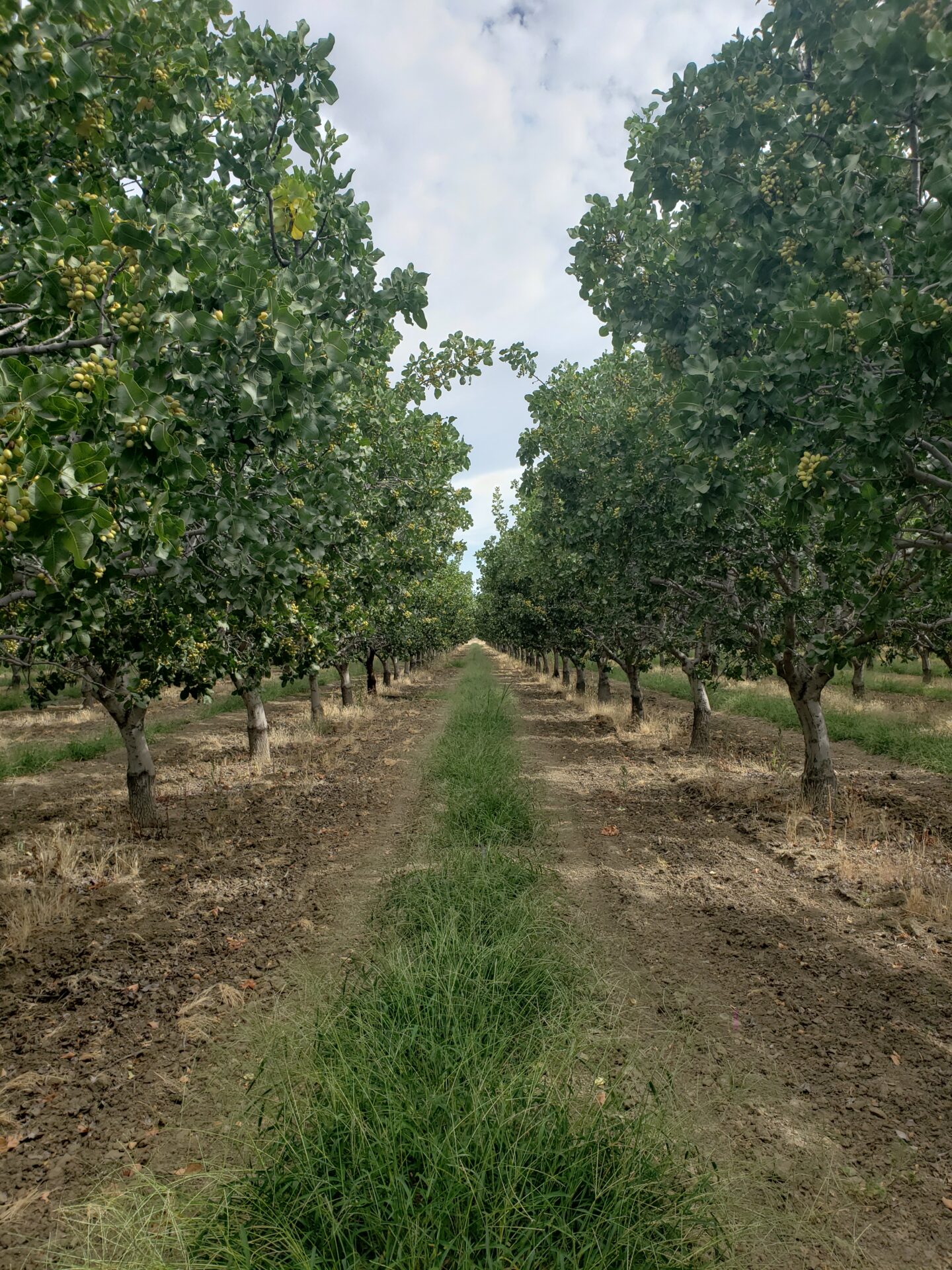
In the March 2021 issue of Organic Farmer, Lloyd et al. 2021 discussed nutrient release rates from commonly found organic fertilizers with a focus on plant-available nitrogen. Nitrogen (N) is well known for driving crop yield and quality goals and is widely used by organic farmers of all types. However, organic growers uniquely rely on materials that are derived from complex plant and animal byproducts and meet their crop nutrient goals through composts, manures and specialty liquid fertilizers derived from grocery store waste, soy hydrolysate, corn steep liquor, etc. This approach contrasts with conventional fertilizer sources that are man-made and easily dissolved as a simple salt in water. Thus, organic farmers rely on nutrients that are bound to complex carbon molecules to drive crop production.
A key point made in the article is that soil microbes are critical players for “releasing” the nutrients that are applied with composts, manures and other organic sources. Very briefly, nutrients (e.g., nitrogen) stored on organic fertilizer materials are primarily released when a microbe decomposes, or consumes the carbon structures as a food source, and liberates the nutrients for the plants to use in a process called mineralization. If the organic fertilizer material is not acted upon by the microbes, the plant will not benefit from the bound nutrients within a reasonable timeframe (Figure 1).
Organic fertilizer sources contain a mix of carbon and plant nutrients. In most cases, the nutrients must be first “unlocked” from the fertilizer source by soil microbes to allow for plant uptake.

Nutrient Release Rate
One challenge in organic production is ensuring that nutrient release rates from the fertilizer source are in line with plant demands. If the microbes are failing to keep up with the crop, nutrient deficiencies can result. For example, only 5% to 20% of N in a compost application is immediately plant available (Vogtmann et al. 1993). Of course, these release rates vary depending on organic fertilizer source, local climate and time of year. These facts also demonstrate that organic fertilizer sources are prone to nutrient demand lags. If only 5% to 20% of your compost N is plant available in the first year, then up to 95% will only be available at some time later down the road! This lag in nutrient availability can cause serious challenges when trying to meet market demands and annual contracts.
A good question here is: “How do I ensure I am getting the maximum crop nutrient benefit from my organic fertilizer program? The answer? Put your soil microbes to work.
The next section describes how microbes serve as an important mediator between the organic nutrient source and the end destination in a crop system: the plant. We will walk through how microbes are crucially linked to your soil fertility and crop performance and discuss the ways you can “manage” your microbes to help your fertilizer program work more efficiently.
Sleepy Microbes
Studies show that most of your soil microbiome (e.g., soil fungi and bacteria) can go dormant when things do not go their way. Case in point, many microbes go to sleep when they are hungry. This “sleep” phase is a key survival mechanism for microbes. However, your plants cannot access the nutrients they need from the organic fertilizer program when their partner, the microbes, go dormant. Research consistently shows that dormant soil microbes respond readily to a food source and, when fed properly, can then go to work decomposing and synergizing with your choice of organic fertilizer.
“Manage” your microbes by providing them with a food source. A microbial population that is abundant and diverse in the soil can act upon your fertilizer input program, which can drive a more consistent nutrient release rate for the crop.

Manage Your Microbes
Manage my what? Ag scientists and growers alike are just beginning to tap into the potential of a better managed soil microbiome. Organic growers in particular have consistently reported improvements in crop performance when adding a microbial food source to the crop production plan. There are many options to wake up your microbes and put them to work on your farm, particularly if you are using organic fertilizers. Reviewing your choices with a trusted advisor is a great way to find the microbial food that best suits your operation and logistics.
Organic farming, or any type of farming that sources plant nutrients from carbon-bound materials like compost and manures, is uniquely positioned to improve crop yield by ‘waking up’ the soil microbiome with a labile food source. A well fed and robust microbial community has the expanded potential to process your organic inputs and can help ensure your crop is getting the nutrients it needs to achieve your unique yield and quality goals.
Dr. Karl Wyant currently serves as the Vice President of Ag Science at Heliae® Agriculture where he oversees the internal and external PhycoTerra® Branded Product trials, assists with building regenerative agriculture implementation and oversees agronomy training.
References
Soil Microbes in Organic Cropping Systems 101 – http://eorganic.org/node/34601
How Much N Can You Expect from Organic Fertilizers and Compost? – https://organicfarmermag.com/2021/03/how-much-n-can-you-expect-from-organic-fertilizers-and-compost/
Additional Resources
Soil Health Institute Blog – https://soilhealthinstitute.org/resources/
PhycoTerra® Blog – https://phycoterra.com/blog/






